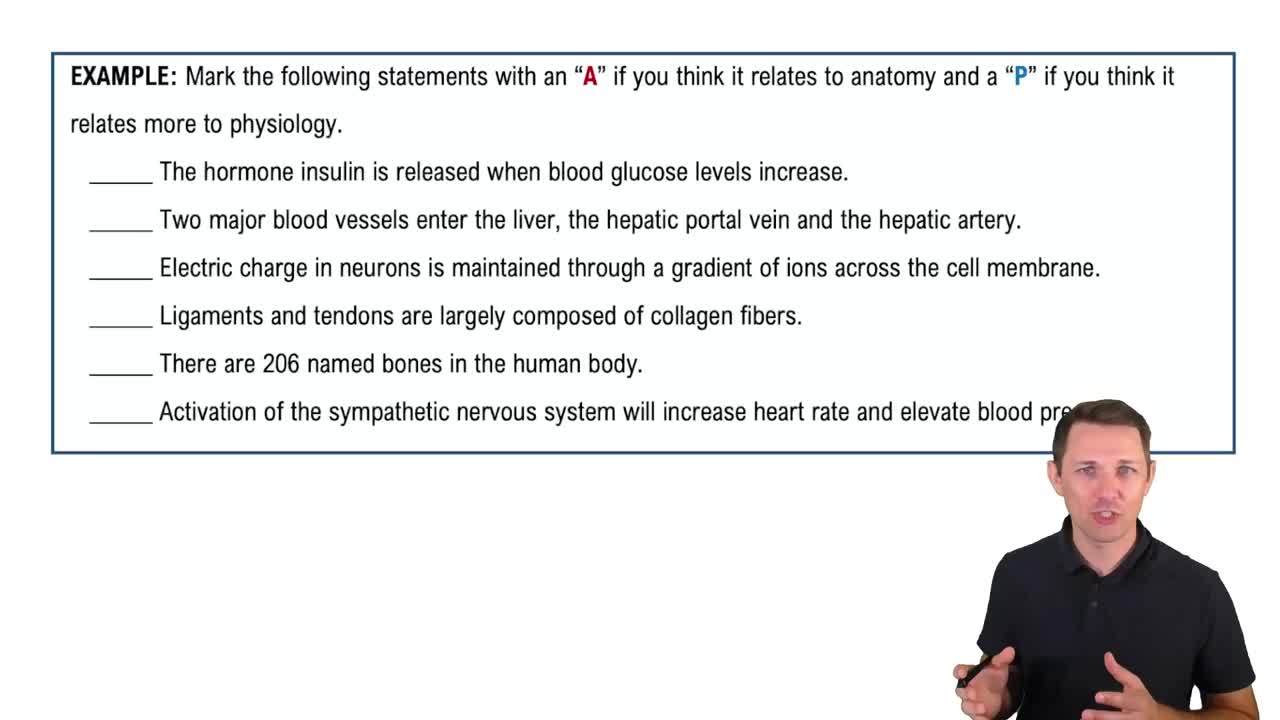Here are the essential concepts you must grasp in order to answer the question correctly.
Nutrition and Micronutrients
Nutrition refers to the intake of food and its impact on health. Micronutrients, such as vitamins and minerals, are essential for various bodily functions. A deficiency in key micronutrients, particularly iron, vitamin B12, and folate, can disrupt the production of red blood cells, leading to anemia.
Recommended video:
Extraembryonic Membrane Development (Weeks 2-8)
Types of Anemia
Anemia is a condition characterized by a lack of healthy red blood cells or hemoglobin, which impairs oxygen transport in the body. There are several types of anemia, with iron-deficiency anemia being the most common. Understanding the different types helps in identifying how poor nutrition can specifically contribute to the condition.
Recommended video:
Physiological Impact of Anemia
Anemia can lead to various physiological effects, including fatigue, weakness, and impaired cognitive function due to reduced oxygen delivery to tissues. The severity of these symptoms often correlates with the degree of anemia, highlighting the importance of adequate nutrition in maintaining overall health and preventing such deficiencies.
Recommended video:
What is Anatomy & Physiology? Example 1
 Verified step by step guidance
Verified step by step guidance


